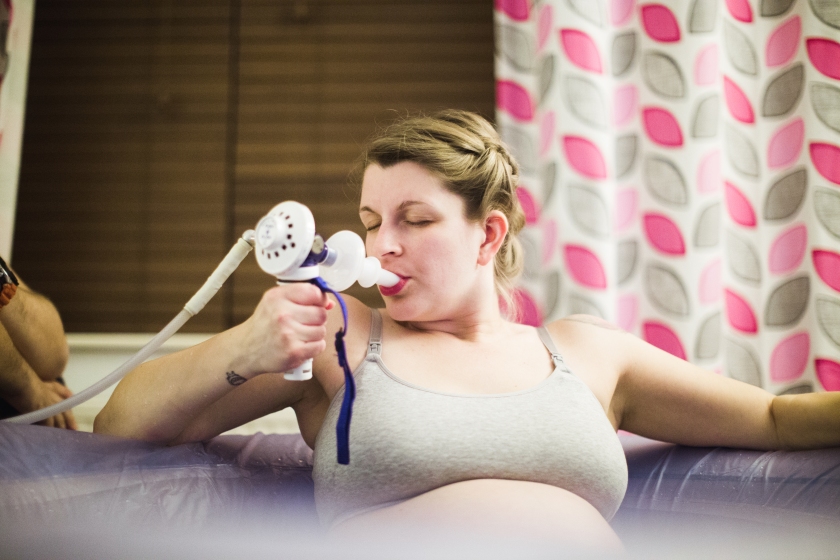Women and birthing people are supposed to be informed of their choices about where they can give birth and, crucially, are supposed to be supported in their choice. But we know this doesn’t always happen – according to the CQC Maternity Survey Results published in January 2023 a fifth of women said they were not offered any choices about where they can have their baby. Even if they are, the choices are often presented as a list rather than a proper discussion about them. How can you pick something as important as where to birth your baby if you don’t know what each option means?!
Read on for an overview of your choices of where you can give birth.
Home Birth
A home birth is exactly what it says – you give birth at home. Midwives come to you when you’re in labour and stay until you’ve given birth. They examine you post birth, help you with a shower, feeding, and tuck you into bed and go on their merry way. There is NOTHING like getting in to your own bed after giving birth and not sharing a postnatal ward with several other mums, partners and babies.
You’re supposed to be told that home birth is a good choice for ‘low-risk’ women as there’s a lower intervention rate and the outcomes for mums and babies is no different to in a hospital setting – there’s lots of evidence for this. You’re also supposed to be supported in a home birth if you’re ‘high risk’. You can choose to birth at home whether you’re low or high risk.
To hear more about what I’ve got to say about home birth, click here or here.
Birth Centre / Midwife Led Unit
Midwife Led Units (MLUs) are generally called Birth Centres. They come in two variations:
Alongside Midwifery Unit (AMU) – these are alongside the obstetric unit, ie on the same hospital site. Because they’re on the same site if you need extra support such as certain types of pain relief or necessary interventions, it’s a short trip usually taking a matter of minutes in order to receive it (and doctors do also have legs and can come to you if it’s really necessary!).
Freestanding Midwifery Unit (FMU) – these are on a separate site to the obstetric unit. Because they’re not in the same place it will take more time to receive extra help. If you needed that support you would need to be transferred to the local obstetric unit.
Midwifery Led Units are, as the name suggests, led by midwives rather than care being shared between midwives and doctors. They tend to be a little bit more ‘home from home’ like than labour wards and often have birth pools, twinkly lights and pretty murals on the wall. If it’s a particularly well-equipped one you might even find birth ropes, birth stools and other exciting birth equipment.
You have the right to choose to give birth at a Birth Centre if you wish, however sometimes this may involve a negotiation as your trust literally hold the keys and may encourage you to believe that it’s ‘not allowed’.
Labour Ward / Delivery Suite / Obstetric Unit
On Labour Wards care is shared between doctors and midwives. This is generally where those who are expected to have a complicated birth are recommended to give birth, however sometimes your definition of “expected to” may differ from your caregiver’s definition! It’s also where caesarean births take place.
The environment tends to be more clinical looking and less oxytocin-promoting than at home or in Birth Centres, which is a bit silly because people having complicated births are arguably more in need of oxytocin promotion! There is access to more significant pharmacological pain relief such as opiates and epidurals if you want them. By definition, more interventions happen here – because they can’t take place at home or on the Birth Centre.
You have the right to choose to give birth in a Labour Ward either vaginally or by planned caesarean section if you want to. However, you should be advised that unnecessary intervention is more likely to happen on a Labour Ward than either at home or Birth Centres.
So there’s your whistle stop tour of where you can give birth. Where you choose to give birth to your baby is a really important decision because even planning to give birth in one place but actually giving birth in another can change your birth outcomes. So make sure you really consider it and don’t dismiss any of the places until you’ve thought about them properly. And remember, you can change your mind at any point before your baby arrives!




